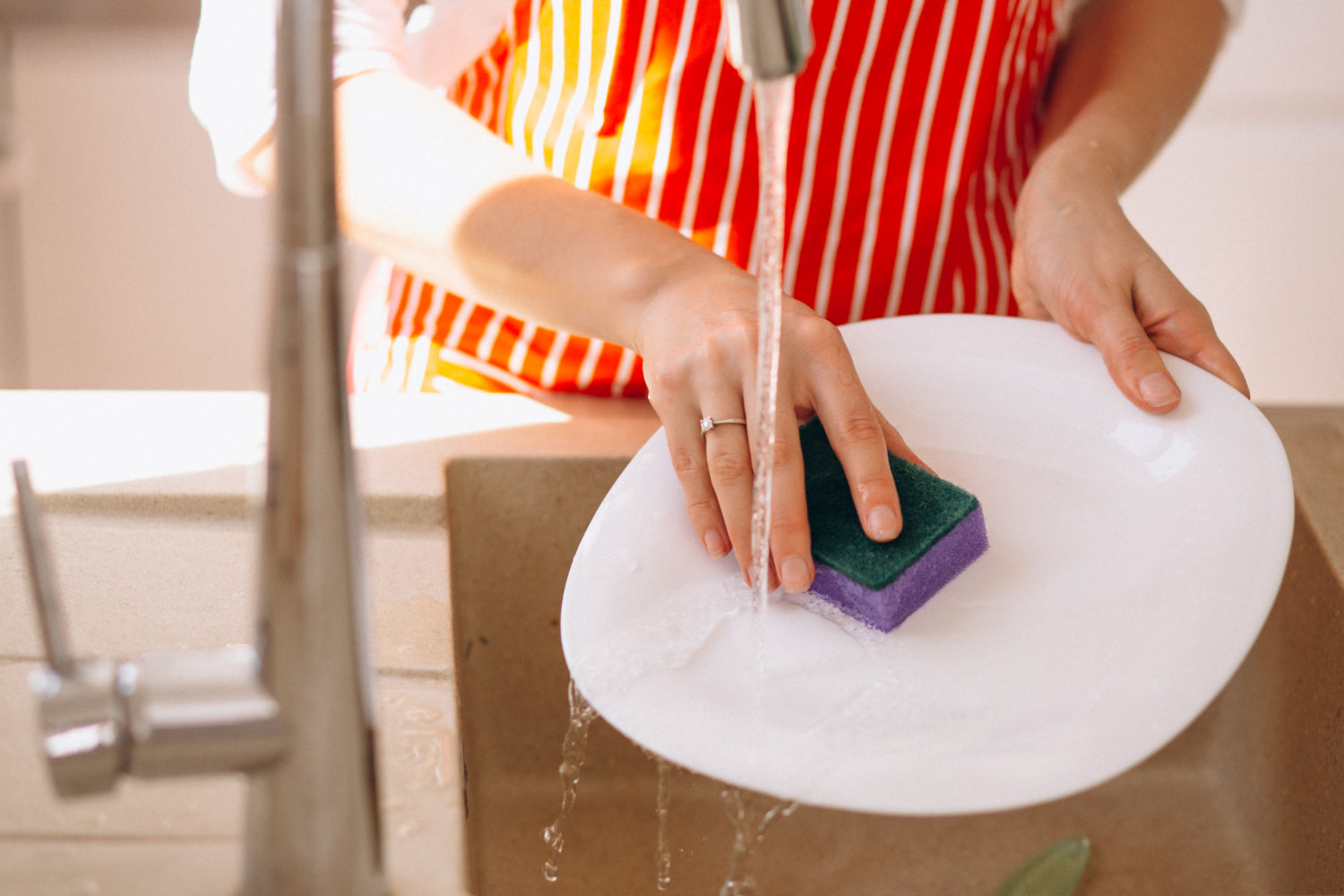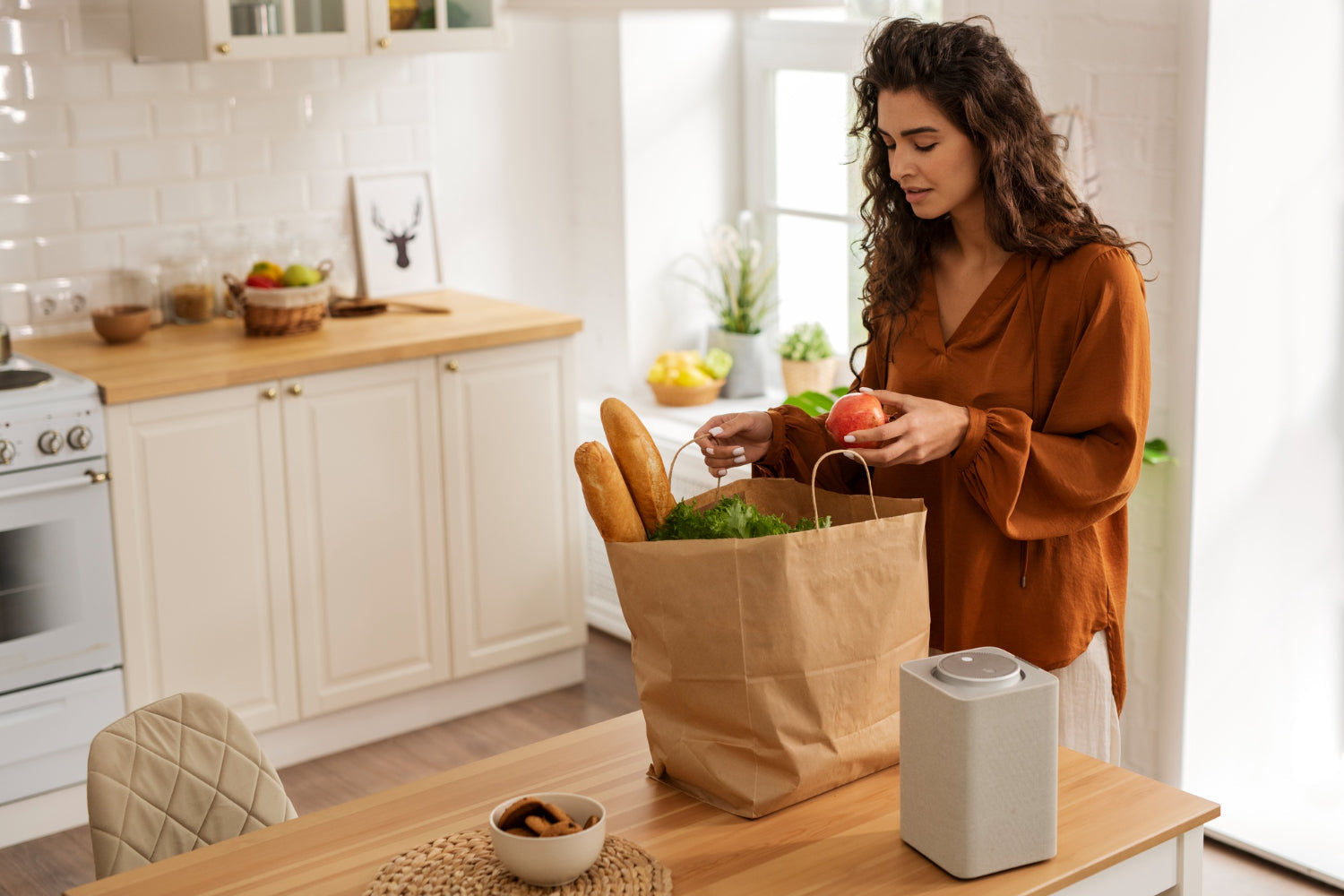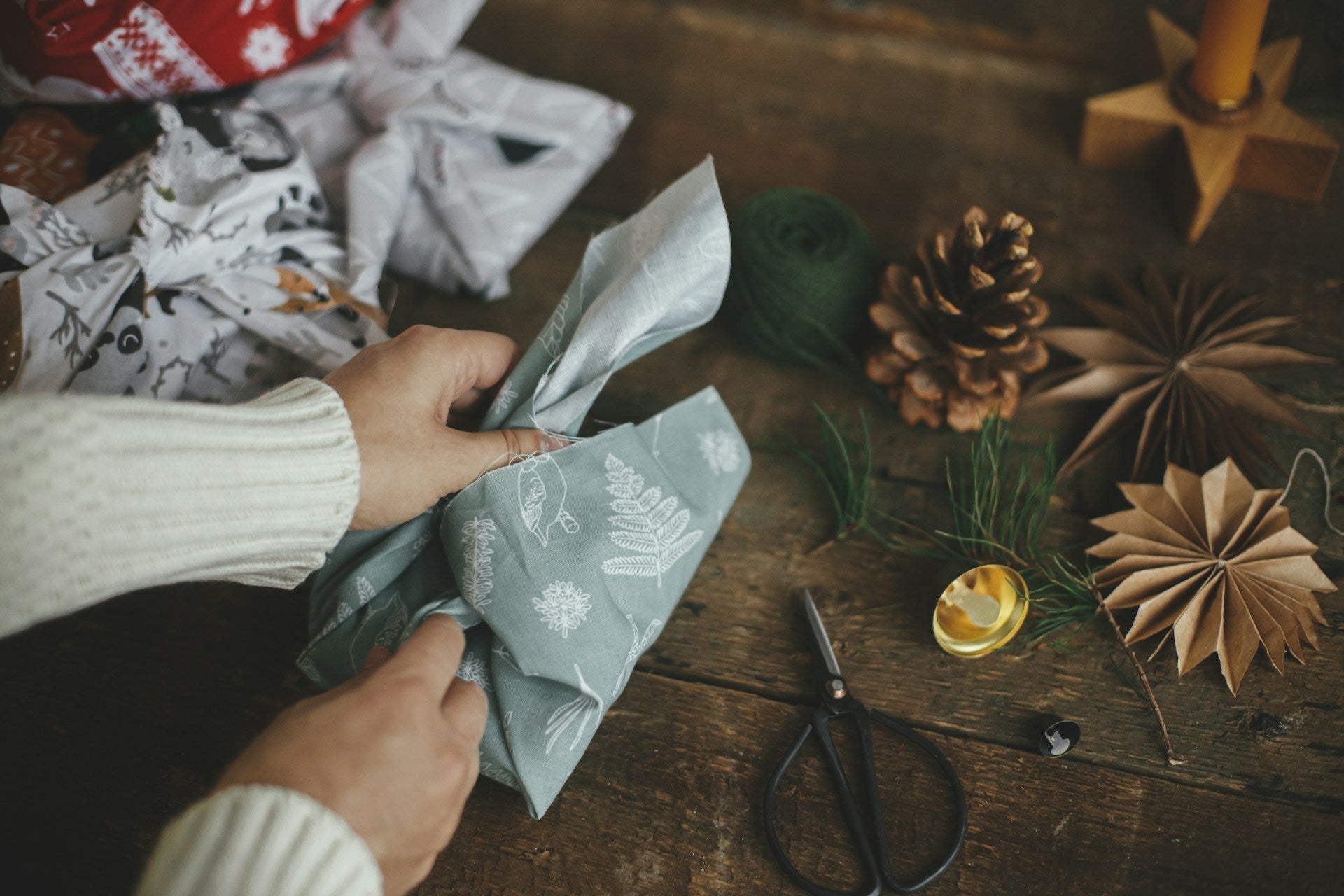Plastic sneaks into everyday life more than most people realize. It shows up in food packaging, kitchen tools, and even cleaning supplies. It may feel harmless at first glance, but all those small, single-use plastic items add up quickly. They stick around long after we’re done using them, clogging up landfills or floating in waterways. Kitchens, where most of our daily routines start and end, have some of the worst repeat offenders.
Cleaning up your kitchen means more than scrubbing the counters or organizing the pantry. It’s about getting rid of stuff that doesn’t need to be there, especially plastic that’s used once, then tossed. Swapping those items out for reusable or compostable ones leads to less waste, fewer trips to the trash can, and a cleaner space that works better. If you’ve ever opened your drawer and wondered why it’s filled with baggies, wraps, or stacked containers that crack over time, it’s probably time for a change. Let’s start by looking at what really needs to go.
Assessing Current Plastic Use In Your Kitchen
Before switching things out, you’ve got to know what’s actually in your kitchen. Most plastic use happens without much thought. You pick up the same brands, the same containers, and the same rolls of cling wrap from the store each week. It all becomes normal. But once you pause and look around, it’s hard to unsee just how much plastic lives behind your cabinet doors.
Some everyday items worth checking:
- Sandwich bags or freezer bags
- Plastic wrap
- Single-use cutlery, cups, and plates
- Plastic takeout containers
- Straws and stir sticks
- Bottle brushes and synthetic sponges
- Grocery store packaging like produce clamshells or shrink-wrapped herbs
These things sound small, but most get tossed after one use. Even things like plastic utensils or containers bought with food from a restaurant tend to pile up and get thrown away instead of reused. The pattern keeps going every time you shop, cook, or clean if those habits don’t change.
The biggest problem zones? Start with food storage. That’s where baggies get tossed and cling wrap gets used daily. Cleaning supplies come next. Traditional plastic-handled tools and synthetic sponges don't last long and often end up in the trash. Add in packaging from groceries and you’ve got a long list. Simply identifying these patterns is the first step to changing them.
Replacing Single-Use Plastics In Food Storage
Once you know what you use, it's easier to find better swaps. The good thing is, most single-use items in the kitchen already have reusable versions that work just as well or better. The key is thinking a few steps ahead. If something always gets tossed right after using it, there’s probably a better solution available.
Here’s where to start making upgrades:
1. Beeswax wraps instead of plastic wrap
2. Silicone bags instead of sandwich bags
3. Glass or stainless steel containers instead of plastic tubs
4. Cloth bowl covers instead of cling wrap or foil
These swaps don’t just help reduce plastic waste. They usually hold up longer and feel nicer to use. A cabinet with four or five sturdy containers is better than a drawer crammed full of cracked lids and mismatched tubs. Plus, food lasts longer in better-quality materials that don’t absorb odors or break down over time.
The first change might feel a bit different, but it gets easier. You’ll stop reaching for plastic out of habit when your beeswax wrap is right there. You’ll load the dishwasher with silicone bags instead of tossing out a pile of sandwich baggies. Every swap makes your kitchen calmer, cleaner, and easier to manage.
Choosing Sustainable Cleaning Products
What you clean with matters just as much as what you store food in. A lot of traditional cleaning tools are coated in or made entirely of plastic. Plastic brushes, sponges, and bottles full of tough chemicals might seem normal, but they add up fast in the trash.
Cleaning without plastic doesn’t mean giving up what works. There are simple tools and products that do the job just as well:
- Replace plastic scrubbers with wooden brushes that have natural bristles
- Trade regular sponges for reusable sponge cloths or plant-based towels
- Use concentrated cleaners you mix with water in refillable bottles
Cleaner tools make for a cleaner space too. Instead of a cabinet full of half-used plastic bottles, you’ll have a neat setup with reusable sprays and tablets that dissolve in water. Swapping plastic tools for bamboo or wood helps cut the waste and looks good while doing it.
If you’re not sure where to start, go with your sponge. It’s probably the thing you toss most often. Try a compostable one once and see how it feels. Next time your plastic brush wears out, grab a wooden one instead. One change at a time works best.
Buying Groceries With Less Plastic
The kitchen plastic problem often starts at the store. Groceries show up in trays, wraps, and bags, most of which go straight into the garbage. But if you shop a little differently, you can bring home way less plastic in the first place.
Try these tips when grocery shopping:
1. Bring reusable shopping and produce bags
2. Choose unpackaged fruits and vegetables
3. Buy in bulk, and use your own containers or paper bags
4. Look for items in glass, cardboard, or metal containers
5. Skip individually wrapped snacks and buy bigger portions you can split up yourself
Pay attention to packaging and read the label. A lot of wrappers can't be recycled through your regular bin. Stick with stuff that clearly says it's recyclable or compostable. So many pantry staples come in jars or paper boxes that are easier to reuse or recycle.
Changing shopping habits can take time, but it builds up into a routine that works. You might discover a local store with a small bulk section, or a farmers market nearby with unpackaged produce. Even small shifts in where and what you buy can make a big difference.
Cooking And Preparing Meals Without Plastic
Once your food is in the kitchen, prep and cooking habits can help keep the plastic waste low too. Plastic utensils, bowls, and pans are common, but they don’t always hold up well or work safely with heat. There are long-lasting alternatives that work better and look nicer too.
Switch out plastic tools and cookware for:
- Wooden spoons and spatulas
- Stainless steel or cast iron pans
- Bamboo cutting boards
- Metal strainers or mixing bowls
These choices last longer and won’t release microplastics when scratched or worn down. Plus, materials like wood and metal give your kitchen a clean, natural feel. No melting, no staining, and less worry about whether your tools can hold up under pressure.
Watch your habits, too. Don’t microwave meals in plastic containers. Stop covering bowls with plastic wrap when a cloth lid can do the same thing. Switching from a plastic measuring cup to a glass one might seem small, but it adds up with everything else.
Picture something as simple as proofing bread. Using a glass bowl covered with a cloth instead of a plastic one with cling wrap cuts out two pieces of plastic at once. That’s how easy low-plastic cooking can be.
Build Daily Habits That Stick
Creating a kitchen that uses little to no single-use plastic doesn’t have to be rushed. Start with what makes the biggest impact for your daily life. Maybe it’s cutting out sandwich bags first, then moving on to sponges and sprays. From there, what you buy, how you store it, and how you prep meals falls into place.
Little swaps here and there become consistent habits. Over time, your space reflects the choices you care about. It feels good to open a drawer and find tools that last. You throw out less, buy less, and stress less over what ends up in the garbage.
Once it starts flowing in your kitchen, it becomes easier to carry that mindset into other parts of your home. The result is a low-waste setup that takes care of itself day after day, with fewer throwaway moments and more conscious ones that stick.
Transforming your kitchen into an eco-friendly space is a meaningful step toward reducing waste in your home. If you're committed to achieving a kitchen with no single-use plastic, explore our wide range of sustainable home products at Plastno. Discover reusable and environmentally friendly alternatives to make your kitchen both functional and green.






Share:
What Are Plastno Bottles And Packaging Made Of?
Smart Storage Ideas For Your Eco-Friendly Cleaning Supplies